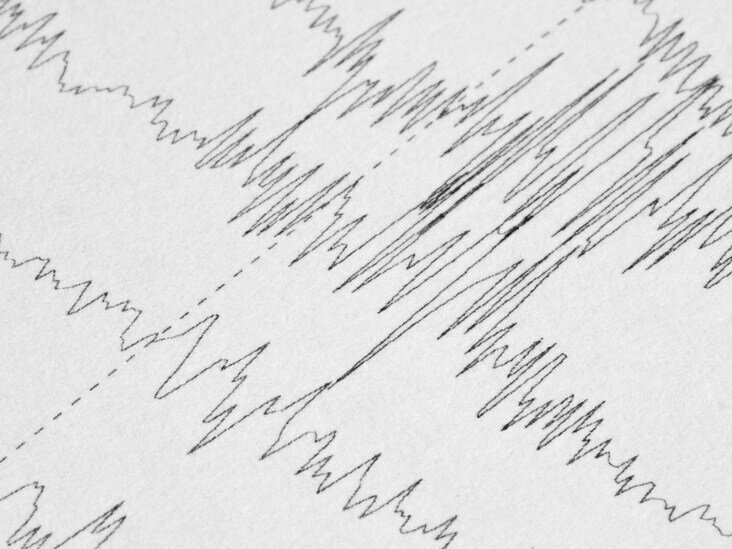

Brain Dynamics Lab
What is EEG
Electroencephalography (EEG) is a non-invasive method of investigating brain function through multiple electrodes that are placed on the scalp. The firing of large groups of neurons in the brain can be detected on the scalp as a voltage difference between electrode sites. In contrast to other neuroimaging techniques (e.g., fMRI), this procedure has very high temporal resolution but relatively low spatial resolution. There are a number of different capping systems available for EEG recordings. Our system involves up to 128 electrodes that are placed within a stretch cap that is positioned over the head.
Our EEG System
The EEG system we use is a BrainVision 128-channel, actiCHamp system. Recordings are acquired using Pycorder, a python based open source acquisition software. Data are analyzed with EEGLAB, ERPLAB, Brainstorm, BESA, and PLS.
For Participants
EEG preparation involves fitting an electrode cap to your head and placing electrolyte gel between the electrodes and your scalp. Hair can get in the way, and it is very helpful for us if your hair has been recently washed, is not tied up, and does not contain any hair product (e.g., does not have hair gel in it). After study participation, we provide a private area with a sink, shampoo, conditioner, towels, and a hair dryer for washing the gel out of your hair.
Preparing the electrode cap
The process begins by measuring your head to choose the appropriate sized cap. A washable mark will be made on your forehead to help us position the cap on your head.
To achieve accurate readings, electrodes must have a good connection with the scalp. We accomplish this by putting electrolyte gel between the electrodes and your scalp with a blunt syringe. The syringe is necessary to get under the electrode but does not damage the skin. Participants will experience a cool sensation on their scalp.
Once gel has been applied, you will be guided into a soundproof room and seated by a computer. The electrodes will then be connected to the recording device, and will be checked for optimal contact to your scalp. Gel is moved gently with the blunt syringe until all connections are sufficient.
The study will then commence.
Following the study
Once recording is complete, we remove the cap, and you will be able to wash the gel from your hair. Thank you for your participation!
Photo Credit: Sabine Seyffarth








